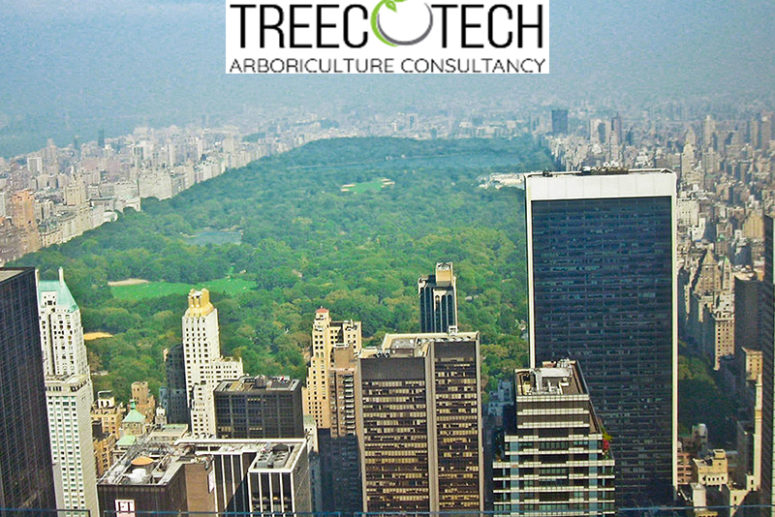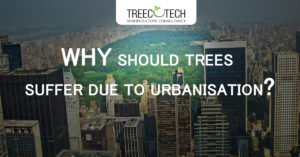
 In a city like Mumbai, construction and renovation is an ongoing activity. City wide, upgrades are always going on and new housing societies are always under construction. Making way for new housing societies is important to cater to the needs of growing population, all this has a major impact on the trees and greenery around the localities where construction is done. There is some obvious damage to the trees which cannot even be ignored. But there are lot of other things that can be done to avoid the damage and let the trees survive along with the urbanization. Trees in planning and development suffer the most in different ways:
In a city like Mumbai, construction and renovation is an ongoing activity. City wide, upgrades are always going on and new housing societies are always under construction. Making way for new housing societies is important to cater to the needs of growing population, all this has a major impact on the trees and greenery around the localities where construction is done. There is some obvious damage to the trees which cannot even be ignored. But there are lot of other things that can be done to avoid the damage and let the trees survive along with the urbanization. Trees in planning and development suffer the most in different ways:
- Construction activities damage the health of the trees by giving them exposure to toxic substances. Some of the activities demands the trees to be removed altogether, for example building additions or installation of new structure like a pool. Creating the foundations of the buildings and even creating large pavements or broadening the roads have a direct and deteriorating effect on the trees. These activities should be tree survey compliant, but mostly, they are not.
- The effect of all the construction and building activities can be seen visibly most of the times, but there is some internal damage as done. The soil gets affected internally which can cause slow decay of the trees. Some of the visible effects are damage to the bark which gets scraped, the branches gets broken due to presence of machinery on the site, the roots gets exposed because of digging activities and other issues like compaction. Tree decay detection is very important to do on the site of the construction and should be the responsibility of authority who is getting that construction done as well as a check my local Municipal board.
- The exposed branches can catch the infections and insects which can be dangerously harmful for the trees. When the trees are partially broken or when their roots are weaker, then it will make them more susceptible to complete breakage in times of storms or heavy rains. They lose the ability to have a strong hold on the ground and can break easily. Some of the things can be predicted and avoided if the arboriculture impact assessment is done prior to getting the construction started. A willingness to save the tree can save a lot of them. Sometimes the effects are not seen immediately but they come up over time.
How can we avoid the damages?
- The waste or construction material should never be piled on the roots.
- Safe Tree Retention & Protection Strategies should be adopted, like putting a fence near the trees so that no vehicles gets close to them.
- The digging should be done away from the roots. If this is not possible, then cutting that part of the root is better than leaving it injured and exposed.
- Instead of letting the vehicles damage the trees, we can use the tree pruning techniques to make way for the vehicles.
Careful evaluation of the site and doing the assessment can save lot of trees, even in this urban world.
